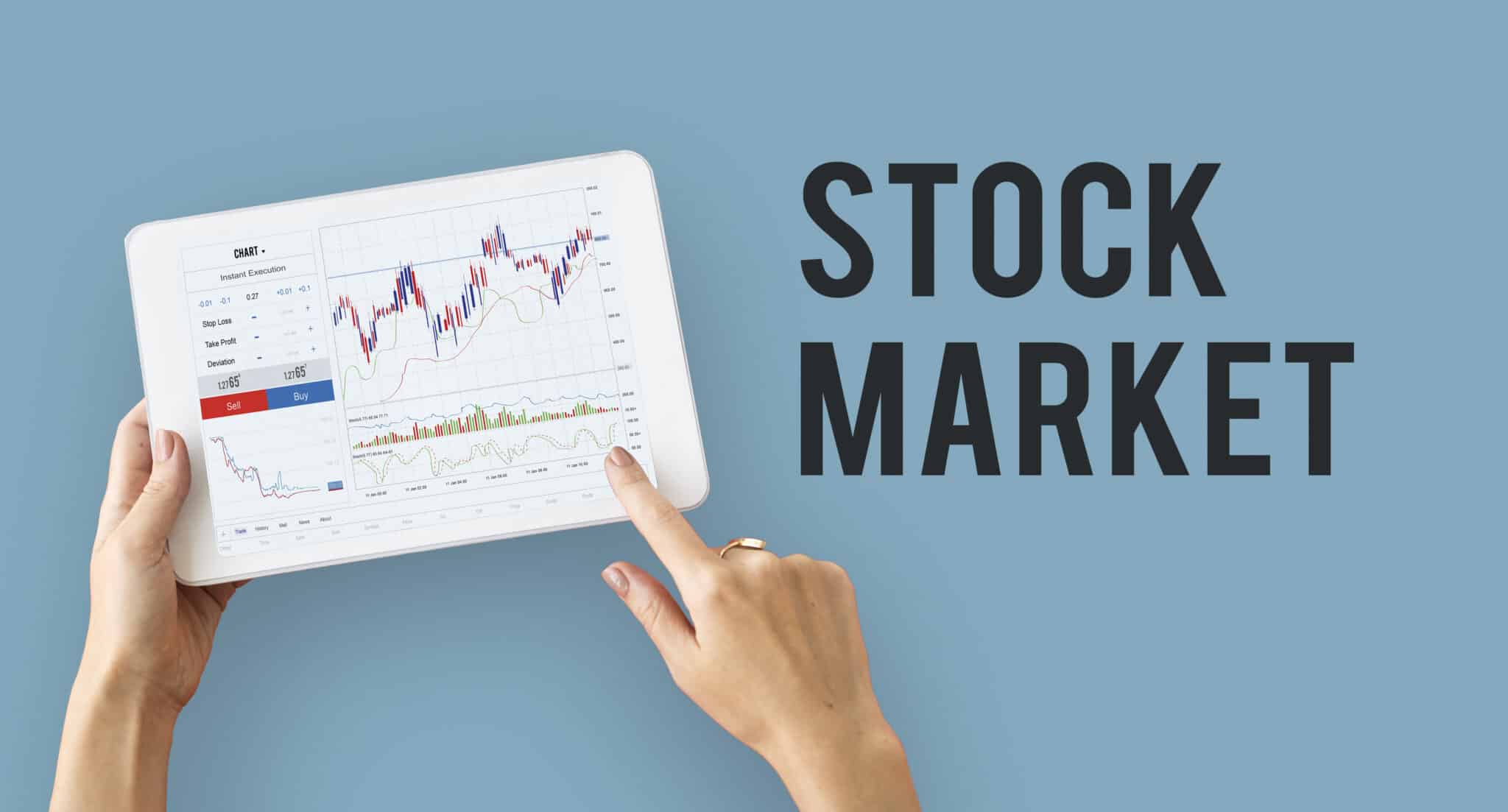
Market Order
The ”Market Order” is the simplest type of order. When you enter a market order, you are instructing your broker to buy or sell the stock at the next available price, from or to the next available investor. You have given no instructions for what price you are willing to pay or take for the transaction, only that you want it done immediately to or from the next willing party.
Limit Order
A “Limit Order” sets a price for what you are willing to pay if you are buying, or receive if you are selling. For example, if you are only willing to pay $20 for a certain stock, but nothing more than $20, you would set a Buy Limit for the stock at $20. Your order will only execute if the price is $20 or below.
Similarly, if you own a stock and are selling it, but only want to sell if it reaches a certain price, you would set a Sell Limit order. If you set a sell limit order of $30, the order will only execute if the price is $30 or above.
Stop Order (Stop Market and Stop Limit)
A “Stop Order” is activated when the price of a stock crosses a certain price. Sell stops are entered BELOW the current price, and buy stops are entered ABOVE the current market price.
Every stop order will be entered as either a stop limit, or a stop market order. Once the “stop price” is reached, the market or limit order is activated. If you entered a stop market order It becomes a market order once the stop price is reached and is bought from or sold to the next wiling party. If you entered a stop limit order, once the stop price activates the order, it becomes a limit order to buy or sell based on the limit price entered.
Therefore, a stop limit order will need to have two prices entered – the stop price and the limit price. For example, if you own a stock trading at $30 and set a sell stop limit at stop $20 limit $19, the order will “activate” if $20 is reached, but only sell if there is a bid for over $19. Assume for example, you made both your stop and limit price $20 (stop $20, limit $20). If the price were to drop to $20 but never trade back over $20, your order may not be filled.
Compare this to a potential stop market order with a stop price of $20. In this situation, the order would be activated when the price touched $20, but will be filled to the next available bidder at whatever price available. In the case of a stock that is dropping in price quickly, you may see a fair amount of “slippage” or a gap between the stop price and the actual price at which the stock is sold.
Sell stops are often used as an attempt to protect investors from losing more than a specified amount of money on an investment. If you own a stock, but want to sell it if it drops below a certain price, you could enter a sell stop (also known as a stop-loss) order. For example, assume you own a stock that currently trades at $30 per share, and you want to sell if it drops below $20, you would set a sell stop at $20. Similarly, if you want to buy a stock, but only if it goes above a certain price, you would set a buy stop.
A buy stop is often used by investors who are “Short” a stock, meaning they profit from the stock going DOWN in price. When you short – you actually sell to open the trade, and buy to close it. They may use a buy stop as a stop-loss to try to limit the amount they can lose.
Other investors may use stops to buy stocks only after they have moved above a certain level. New investors may find this odd… “Why would you want to buy it higher if you can just buy now for lower?” However, there are many strategies that prefer to wait for a price to “break out” above a certain level to confirm a trend before purchasing. These investors prefer to wait for this “confirmation” and are wiling to pay a higher price for it. Of course, there are no sure-things in the stock market, and oftentimes this “confirmation” can be reversed quickly.
These are just a few of the more common reasons investors may use different order types in their strategies. As with all things related to investing in the stock market, it can get fairly complicated quickly.
Remember, for every seller, there has to be a buyer. Both parties think they are right. For this reason, I love the quote “One Investor’s Sell Stop Order is Another Investor’s Buy Limit Order.” While one person may be saying “I’m selling if it drops to $20 – someone else may be saying “I’m not buying until it hits $20”.
That’s what makes a market.
Originally published at https://www.teachingkidstobuystocks.com/ on July 3, 2020.













